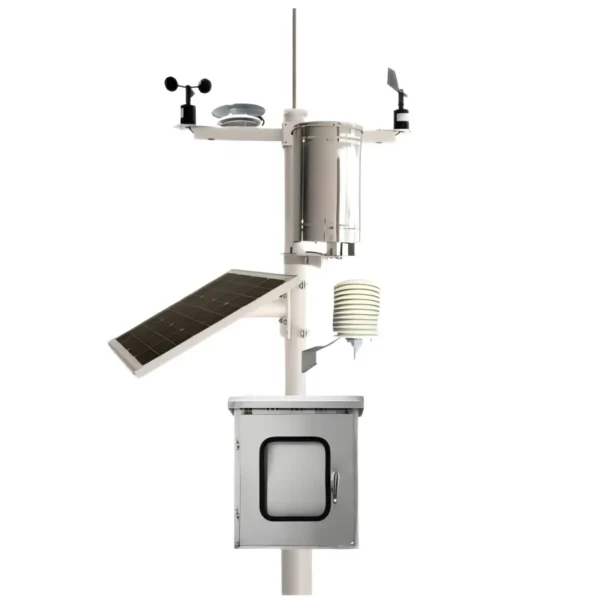
Automatic Weather Station: Advancements and Applications in Modern Meteorology

# Automatic Weather Station: Advancements and Applications in Modern Meteorology
Automatic Weather Station: Advancements and Applications in Modern Meteorology
Automatic Weather Stations (AWS) have revolutionized the way we collect and analyze meteorological data. These advanced systems are designed to automatically measure and record various weather parameters, providing accurate and real-time information that is crucial for a wide range of applications.
What is an Automatic Weather Station?
An Automatic Weather Station is a sophisticated system that consists of various sensors and instruments designed to measure atmospheric conditions. These sensors typically include thermometers for temperature, barometers for atmospheric pressure, hygrometers for humidity, anemometers for wind speed, and rain gauges for precipitation. The data collected by these sensors is automatically recorded and transmitted to a central database for analysis.
Advancements in Automatic Weather Stations
Over the years, significant advancements have been made in the technology behind Automatic Weather Stations. Modern AWS are equipped with high-precision sensors, advanced data loggers, and wireless communication systems. These improvements have enhanced the accuracy, reliability, and efficiency of weather data collection. Additionally, the integration of IoT (Internet of Things) technology has enabled real-time data transmission and remote monitoring, making AWS more versatile and accessible.
Applications of Automatic Weather Stations
Automatic Weather Stations are used in a variety of fields, including agriculture, aviation, marine, and environmental monitoring. In agriculture, AWS provide critical data for irrigation management, pest control, and crop planning. In aviation, they offer essential information for flight safety and route planning. Marine applications include weather forecasting and navigation assistance. Environmental monitoring uses AWS to track climate change, air quality, and natural disasters.
Benefits of Using Automatic Weather Stations
The use of Automatic Weather Stations offers numerous benefits. They provide continuous and accurate weather data, which is essential for making informed decisions in various sectors. The automation reduces the need for manual data collection, saving time and resources. Furthermore, the real-time data transmission allows for immediate response to changing weather conditions, enhancing safety and efficiency.
Conclusion
Automatic Weather Stations have become an indispensable tool in modern meteorology. Their advancements and wide range of applications make them crucial for accurate weather forecasting, environmental monitoring, and decision-making in various industries. As technology continues to evolve, we can expect even more sophisticated and efficient AWS in the future.
Keyword: automatic weather station




